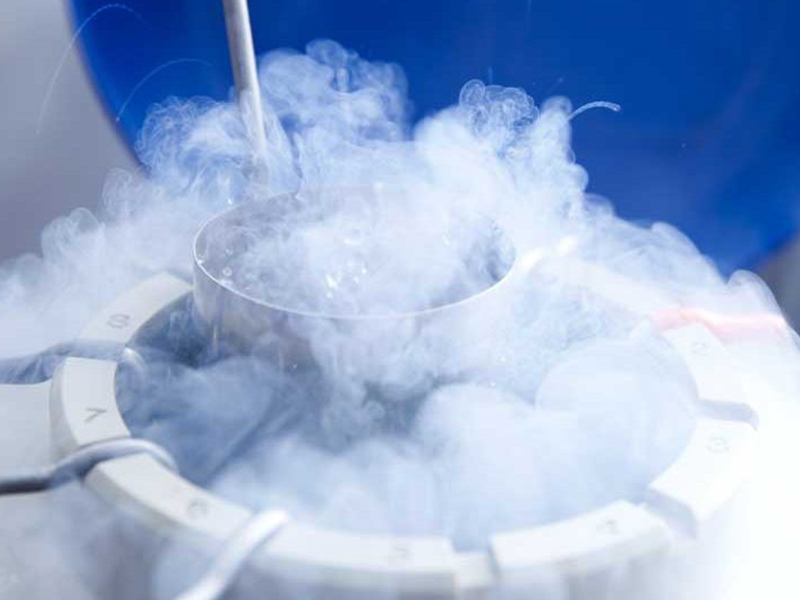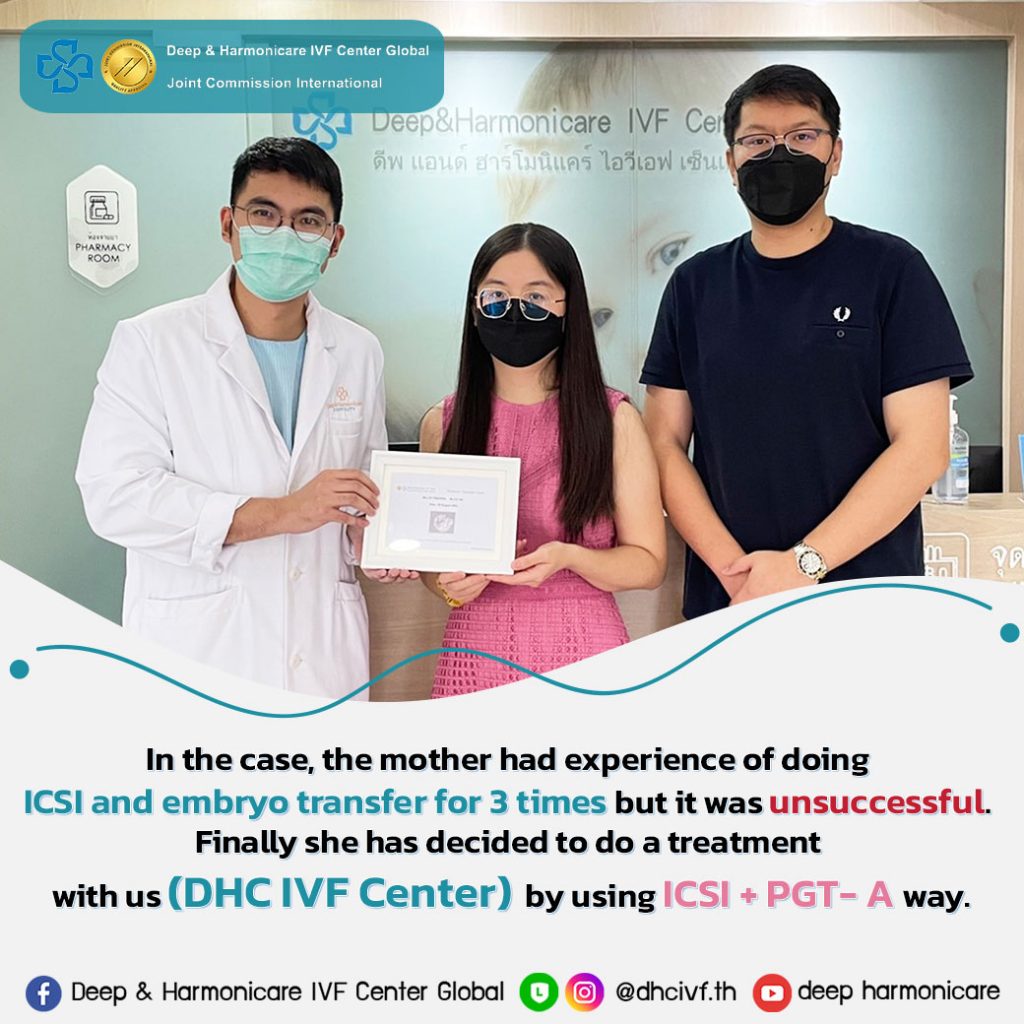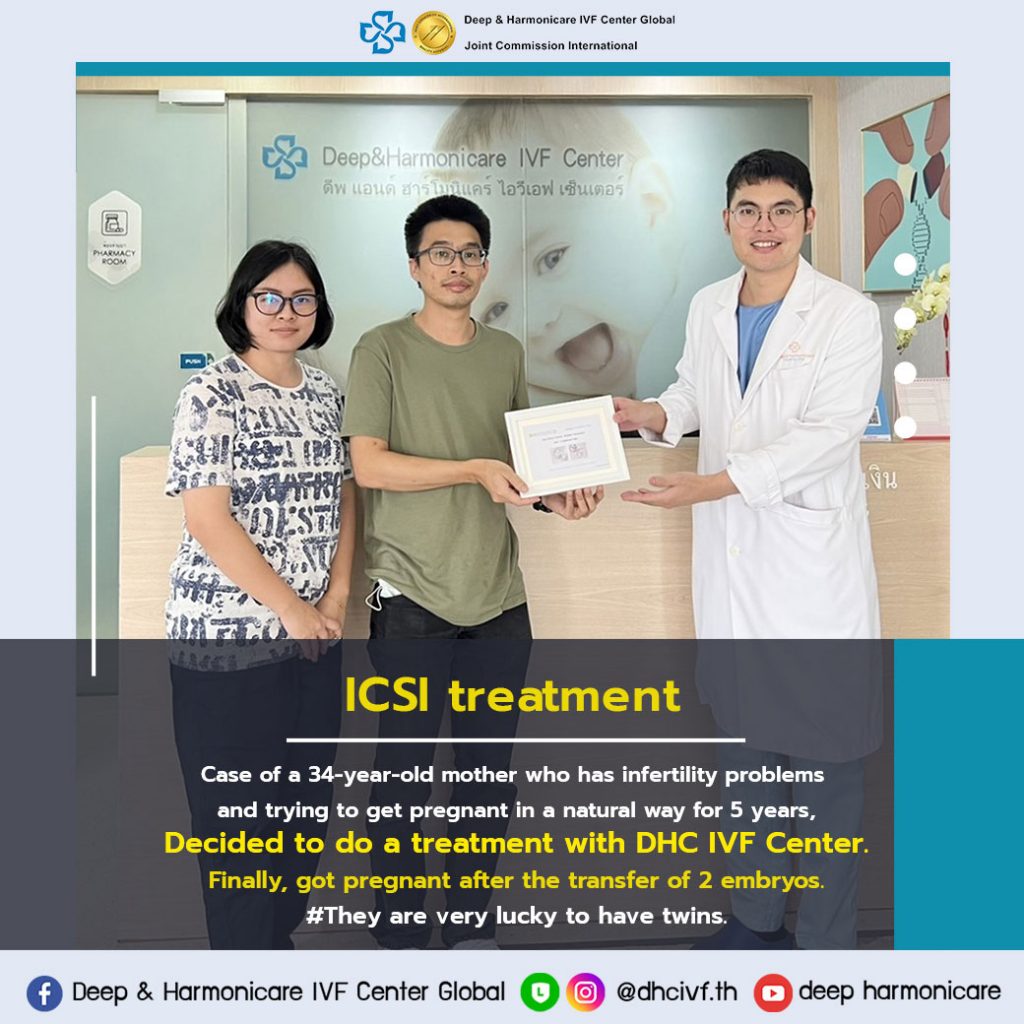+84 932110516 (Zalo)

Vitrification is a technology that is used in the embryo and egg freezing process so that they can be stored for later use. It is a technology that has many uses outside of fertility care with egg and embryo freezing, the main focus of the process is avoiding ice crystal formation as the fluid in the cell cools to subzero temperatures.An ice crystal is razor sharp and will readily shred any cell membrane, Embryologist will take eggs or embryos are exposed to high concentrations of cryoprotectants to allow rapid dehydration of cells. So the eggs or embryos are loaded into tiny storage devices (usually straws) that will facilitate ultra-rapid cooling, and the straws containing the eggs/embryos are cooled as fast as possible in liquid nitrogen (-196 degree). vitrification leads a higher survival rate for frozen embryos than does slow freezing, and that the embryos after thawing found increased survival rate almost 90-100%, and increasing the pregnancy rate and to be able to preserve embryos and sperm for a long time. People who are approaching an advanced reproductive age and who are not yet ready to have children. Freezing eggs, embryos, and sperm may also benefit for later use and maintains good egg quality because when you get older can have problems with ovarian function. People with genetic disorders that affect reproduction People who will soon undergo chemotherapy People who take medications that affect fertility In a freeze-all cycle, a doctor extracts an embryo, freezes it, and stores it. People may benefit from this process if they have a higher risk of ovarian stimulation syndrome. This is a rare and potentially dangerous condition that can arise when a person is receiving stimulating hormones to increase egg production. Step 1: Meet the doctor The doctor will ask you about your medical history and provide information and recommendations regarding egg freezing. Step 2: Physical examination A vaginal ultrasound will be done to assess the uterus and ovaries, including blood tests to check hormone levels. This allows the doctor to determine the timeline for the egg collection procedure and the dosage required for the stimulation medication. Step 3: Ovarian stimulation Follicle-stimulating hormone (FSH) is injected to stimulate the ovaries and increase the size and quantity of eggs. This injection must be administered in the abdomen at the same time every day for 10-12 days. Step 4: Monitoring the eggs Approximately seven days into the ovarian stimulation process you will return to see a doctor for a second ultrasound to monitor your response to the hormones. The dosage will be adjusted if needed as recommended by the doctor. Step 5: Trigger ovulation Once the eggs have reached the size of 18-20mm in width by approximately day 10-12, the doctor will administer a trigger shot for ovulation, which typically occurs thirty-six hours after the trigger. Step 6: Egg collection Thirty-six hours after receiving the trigger shot, the doctor will make an appointment for egg collection, during which you’ll be sedated by a certified anesthesiologist. Vaginal ultrasound is used to guide a needle to collect the eggs individually from each ovary. There is no incision and one to two hours of rest is typical after the procedure before you’re allowed to return home. Step 7: Egg freezing Once the eggs have been collected, they will be sent to a certified embryologist to screen for quality before being graded, prepared, and frozen in liquid Nitrogen at -195 degrees Celsius.What is freezing technology?
Why you need it
What is the benefit of freezing embryos, eggs, and sperm? Embryo freezing may be a better option for groups, such as:
Process of egg freezing and ovarian stimulation
Play Video
Released for 5 years, Only the first time pregnant
Play Video
41 year old mother treatment together with Chromosome test
Play Video
Found a problem with the Chocolate cyst


| Monday | 8:00 — 18:00 |
| Tuesday | 8:00 — 18:00 |
| Wednesday | 8:00 — 18:00 |
| Thursday | 8:00 — 18:00 |
| Friday | 8:00 — 18:00 |
| Saturday | 8:00 — 18:00 |
| Sunday | 8:00 — 18:00 |